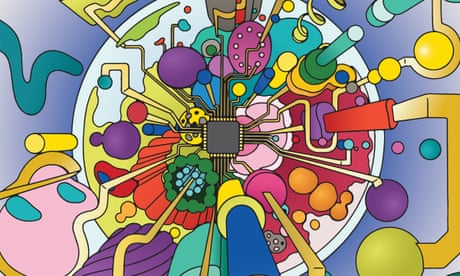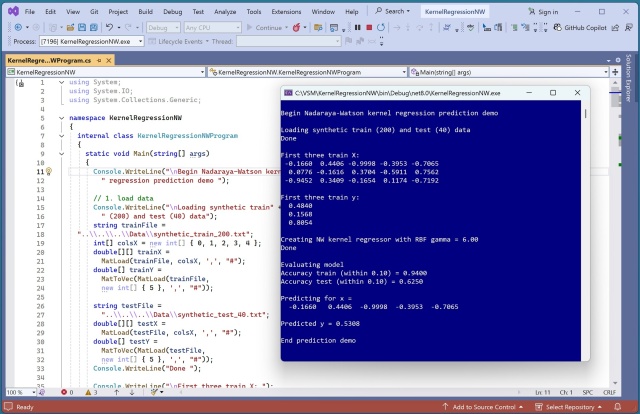Parents and teachers are preparing children for the future with generative artificial intelligence, despite age restrictions on tools like ChatGPT and Google's Gemini. Guardian readers share their strategies and reasons for introducing AI education to the youngest learners.
H&M introduces AI ‘twins’ of models for marketing, sparking debate on exploitation in fashion industry. Chief creative officer ensures human-centric approach remains unchanged despite AI integration.
Serbian college student Ana Trišović credits MIT OpenCourseWare with transforming her career, leading her to become a research scientist at MIT's FutureTech lab. Trišović's journey from learning Data Analytics with Python to studying AI democratization showcases the impact of open learning resources on her interdisciplinary research.
Automation has made mundane tasks less boring, but at what cost? John Gray's eco-nihilism perspective challenges the benefits of technology, even calling anaesthetised dentistry an "unmixed blessing."
Venture capital-backed $1bn companies like Skydio are transforming warfare with AI-powered drones. These futuristic weapons could challenge traditional military manufacturers on the battlefield.
Adam Kucharski, a renowned epidemiologist, delves into the importance of evidence in the age of AI and social media. In his new book, he explores how our understanding of 'proof' is evolving in a world where information and trust are paramount.
New AI model combines CNNs, Transformers, and morphological feature extractors for improved visual recognition accuracy up to 87.89%. CNNs capture details, morphological module highlights critical features, and multi-head attention models global relationships.
The 3D Reconstruction journey from 2D to 3D models involves crucial steps for high-quality results. Successful reconstructions focus on fewer images, cleaner processing, and efficient troubleshooting, emphasizing understanding the creation process.
Data Science and Machine Learning challenges are hindered by scattered data. Integrating data on a use-case basis is key for ML success.
Hamiltonian mechanics reframes dynamics through energy, now used in cutting-edge generative AI. It splits acceleration into momentum/position flows, revealing hidden geometric structure.
AlphaFold, from Google DeepMind, uses AI to predict protein structures, revolutionizing drug discovery and solving biological mysteries. The technology has already won a Nobel prize and made significant advancements in understanding complex structures like the nuclear pore complex.
Authors and editors can now easily navigate the publication process with a new guide on using WordPress block editor for The Digital Sandbox. Essential components like titles and subtitles are emphasized for a smooth drafting experience.
The blog post discusses Nadaraya-Watson kernel regression using a radial basis function kernel, emphasizing the importance of normalizing predictor values. The key equation for NW kernel regression involves a weighted average of target y values based on the RBF kernel function values.
Amazon Bedrock simplifies generating high-quality categorical ground truth data for ML models, reducing costs and time. Using XML tags, it creates a balanced label dataset, as shown in a real-world example predicting support case categories.
Cambridge study reveals AI's efficiency in diagnosing disease, potentially reducing diagnosis time for coeliac disease. Coeliac disease, impacting nearly 700,000 in the UK, often takes years to diagnose accurately.















